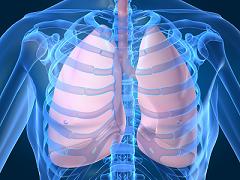 Obesity is the accumulation of excess fat on the body, and it is considered to be a chronic and long-term disease. It is also the second leading cause of preventable deaths in the United States.
Obesity is the accumulation of excess fat on the body, and it is considered to be a chronic and long-term disease. It is also the second leading cause of preventable deaths in the United States.
Obesity is defined as having a body mass index greater than 30. The Body Mass Index is calculated by measuring a person’s weight in relation to their height. Obesity can be caused by:
- Eating more food than your body can use and not getting enough exercise
- Having an underactive thyroid gland, or hypothyroidism
- Stress, anxiety, feeling sad, or not sleeping well.
- Drinking too much alcohol, or quitting smoking
- Certain medications such as birth control pills, antidepressants, and antipsychotics.
- For women, obesity can also be triggered by Menopause or pregnancy.
First Aid for Obesity begins with developing realistic, safe, daily calorie counts that help shed pounds while keeping the person’s body healthy. People who lose weight slowly and steadily are more likely to maintain a healthy weight. For assistance, work with a health care provider or dietitian to learn about:
- Portion sizes
- Healthy food choices and healthy snacks
- Sweetened drinks
- How to read nutrition labels, and
- Healthy ways of preparing food
Extreme diets consisting of less than 1,100 calories per day are not considered safe because they often do not contain enough vitamins and minerals. It is also common for people who lose weight through extreme dieting to return to overeating and become obese again.
People suffering from obesity should remember that a lifestyle change to incorporate regular exercise and healthy eating is the best way to lose weight, and that even modest weight loss can significantly improve their health. Learn new ways to manage stress, rather than snacking. Examples may be meditation, yoga, or exercise. People who are depressed or stressed a lot should talk to a health care provider before beginning treatment.








